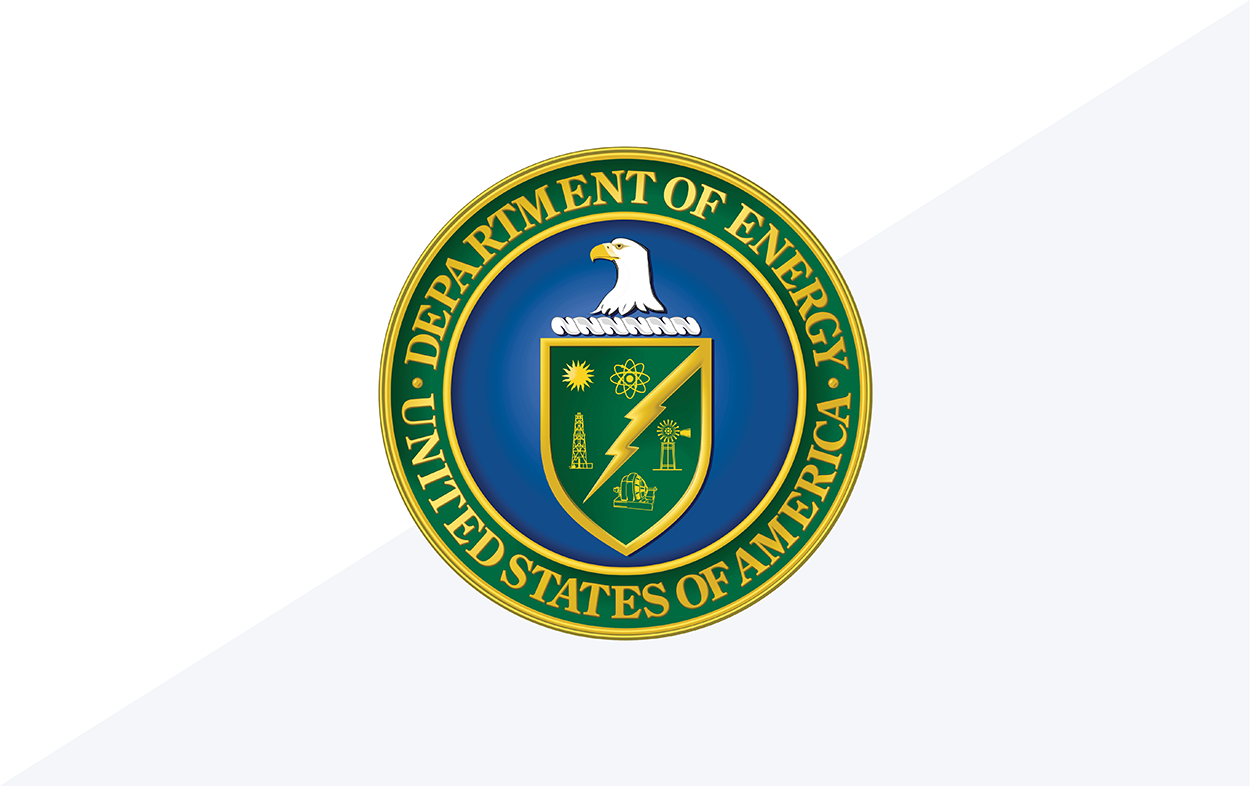
In a report sent to Rigzone on Wednesday by Emily Ashford, an energy analyst at Standard Chartered Bank, analysts at the bank, including Ashford and the bank’s commodities research head Paul Horsnell, said they expect the eight OPEC+ producers who contributed additional voluntary curbs “to continue with the accelerated unwinding of the November 2023 tranche of 2.22 million barrels per day of voluntary cuts”.
“The eight OPEC+ producers who contributed additional voluntary cuts are scheduled to meet virtually on 31 May to discuss production strategy for July loading programs,” the analysts highlighted in the report.
“Adding a further 411,000 barrels per day to targets for July would bring the cumulative unwinding over four months to 1.4 million barrels per day,” they added.
The analysts noted in the report that the increase in targets has not translated into barrel for barrel increases in OPEC+ output. They outlined that this is “partly because of output constraints in some countries and partly because for the main overproducers the increase simply cuts the extent of the overshoot above target”.
“We estimate total OPEC+ crude oil output was 40.994 million barrels per day in March, the last month before the unwind began,” the analysts said in the report.
“We expect it to be 41.899 million barrels per day in July assuming the 411,000 barrel per day increase goes ahead, just 905,000 barrels per day higher despite the 1.4 million barrel per day relaxation in targets,” they added.
In the report, the Standard Chartered Bank analysts forecast that the global market will be “broadly balanced in both Q2 and Q3, even if the November 2023 tranche of voluntary cuts is fully unwound by the end of Q3”.
“We expect the call on OPEC+ crude oil and inventories to average 42.1 million barrels per day in Q3, 1.9 million barrels per day more than in Q1 and higher than average Q3 OPEC+ crude oil output of 42.1 million barrels per day,” the analysts noted.
The analysts revealed in the report that they expect global demand to increase by 1.17 million barrels per day year over year in 2025.
“While some consultants have cut 2025 demand growth forecasts to below 0.4 million barrels per day, we have yet to see anything in either the flow of global demand data or in economic projections to justify so large a cut to demand expectations,” they said in the report.
“If the balances appear to support the unwinding of the voluntary cuts and market sentiment has improved because demand proved strong enough to prevent immediate inventory increases after the previous decisions to increase target, the question becomes whether the eight OPEC+ producers could accelerate the unwinding of cuts even more, i.e., increase targets by more than 411,000 barrels per day,” they added.
“We think this is unlikely, but it remains an option, particularly if the worst overproducers are judged not to be applying themselves diligently enough to the task of keeping their previous promises,” they continued.
The analysts stated in the report that the Q3 balances appear robust enough to take even more but added that then they think “surpluses would appear in Q4 (limited) and in Q1-2026 (more significant) despite the significant weakening of non-OPEC+ supply prospects”.
“However, given that market sentiment has not been overly dampened by the May and June increases, remaining on that course seems a good strategy,” the analysts went on to state.
Rigzone has contacted OPEC for comment on Standard Chartered Bank’s report. At the time of writing, OPEC has not responded to Rigzone.
A release posted on OPEC’s website on May 3 announced that Saudi Arabia, Russia, Iraq, UAE, Kuwait, Kazakhstan, Algeria, and Oman “will implement a production adjustment of 411,000 barrels per day in June 2025 from [the] May 2025 required production level”.
“The eight OPEC+ countries, which previously announced additional voluntary adjustments in April and November 2023 … met virtually on 3 May 2025, to review global market conditions and outlook,” that release stated.
“In view of the current healthy market fundamentals, as reflected in the low oil inventories, and in accordance with the decision agreed upon on 5 December 2024 to start a gradual and flexible return of the 2.2 million barrels per day voluntary adjustments starting from 1 April 2025, the eight participating countries will implement a production adjustment of 411,000 barrels per day in June 2025 from May 2025 required production level,” it added.
The release highlighted that “this is equivalent to three monthly increments” and pointed out that “the gradual increases may be paused or reversed subject to evolving market conditions”.
“This flexibility will allow the group to continue to support oil market stability. The eight OPEC+ countries also noted that this measure will provide an opportunity for the participating countries to accelerate their compensation,” the release noted.
“The eight countries reiterated their collective commitment to achieve full conformity with the Declaration of Cooperation, including the additional voluntary production adjustments that were agreed to be monitored by the JMMC during its 53rd meeting held on April 3rd, 2024,” it added.
“They also confirmed their intention to fully compensate for any overproduced volume since January 2024,” it went on to state.
A release posted on OPEC’s website on April 3 announced that Saudi Arabia, Russia, Iraq, UAE, Kuwait, Kazakhstan, Algeria, and Oman “will implement a production adjustment of 411,000 barrels per day, equivalent to three monthly increments, in May 2025”.
To contact the author, email [email protected]






















